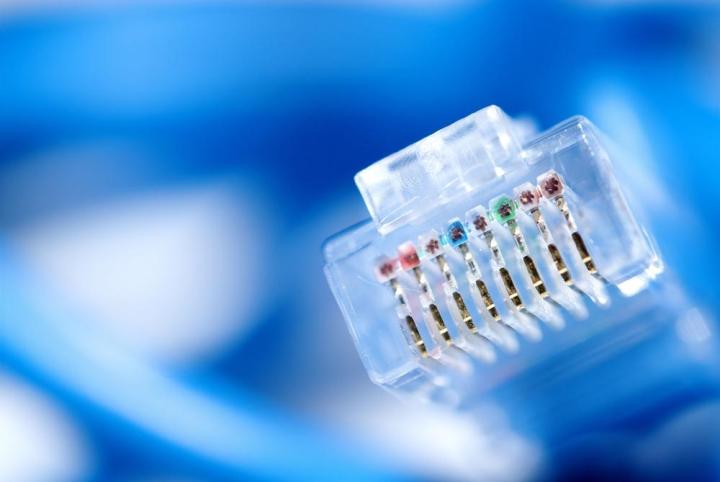
Unfortunately for your home network, the new standards are going to hit enterprise customers first. The new standard will provide a much needed upgrade to aging office networks which are currently bottlenecked by 1Gbps over existing Cat 5e and Cat 6. Once the new standard hits the road, your office network will be able to serve information at high speed without requiring any re-cabling.
That’s right, the new standard will run on existing Cat 5e and Cat 6 cables, over which your home network likely runs now. Of course that means eventually you’ll be able to see a big increase in your home network speed without any new changes to existing infrastructure, once compliant gear hits the consumer market, that is.
Infrastructure costs are really the heart of the new standard, which sought to improve speeds for enterprise networks without requiring any new cabling, reports Ars Technica. Running Cat 6a or Cat 7 through an entire office building for instance would be prohibitively expensive. The new ethernet standard unveiled today however, gives us all a little breathing room by promising faster speeds over existing infrastructure.
So what about your home network? Well, as we said, your home network isn’t going to see any changes for a while — work on this new standard started in 2014, and just now was approved by the IEEE. It’s unlikely we’ll see your consumer-grade networking gear support the new standard for at least a year or two. Maybe even longer.
However, you could very well see increased speeds for your office networks soon enough, once your equipment gets a bit of an upgrade.


